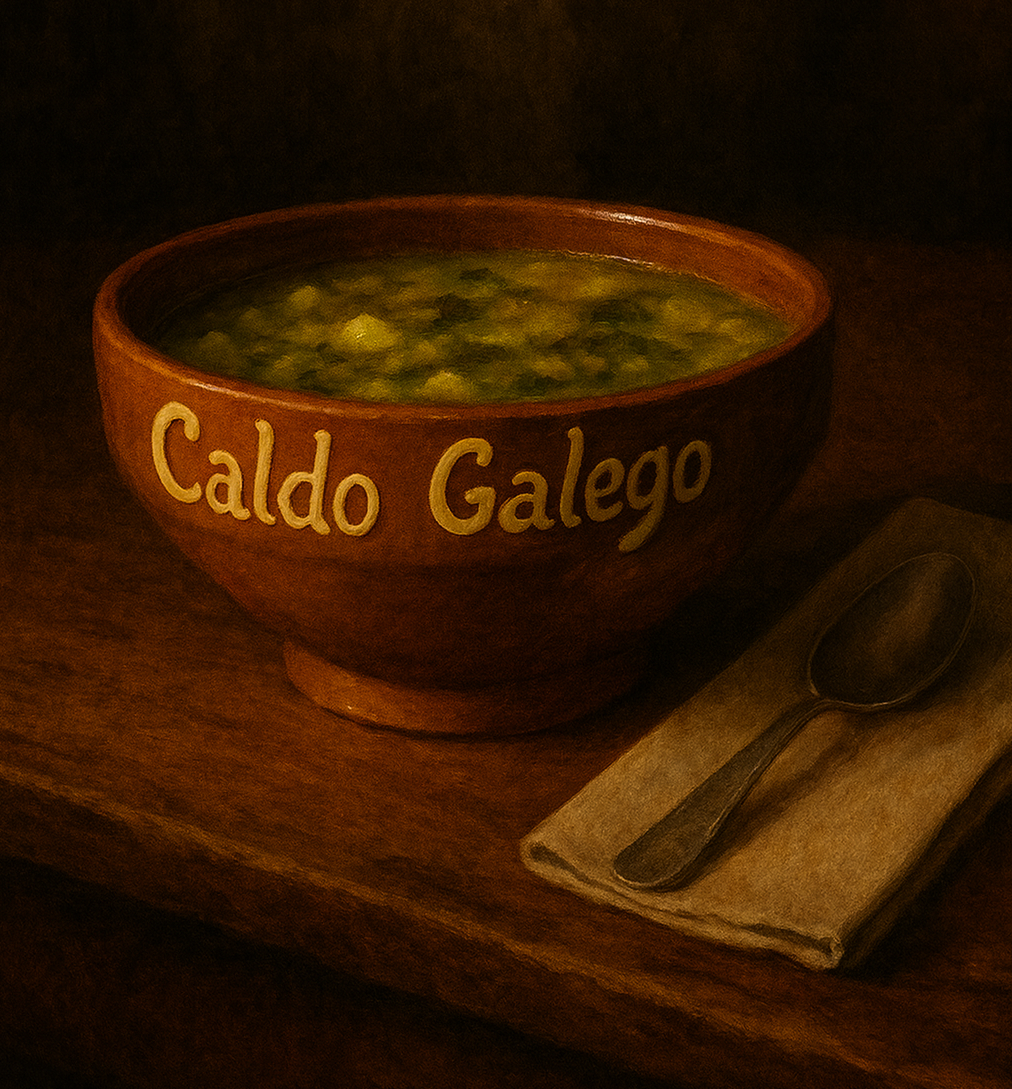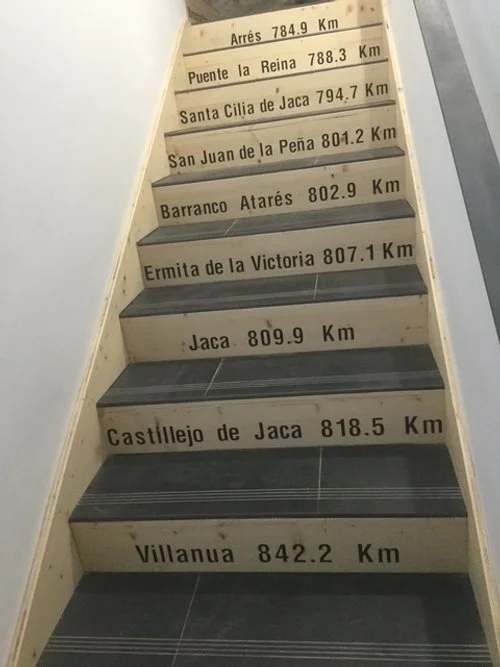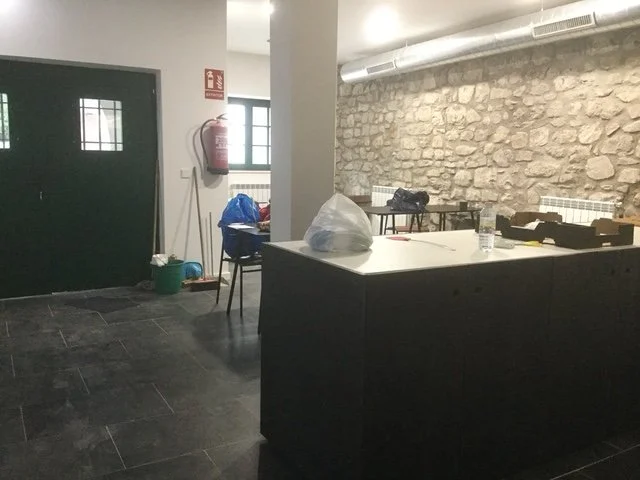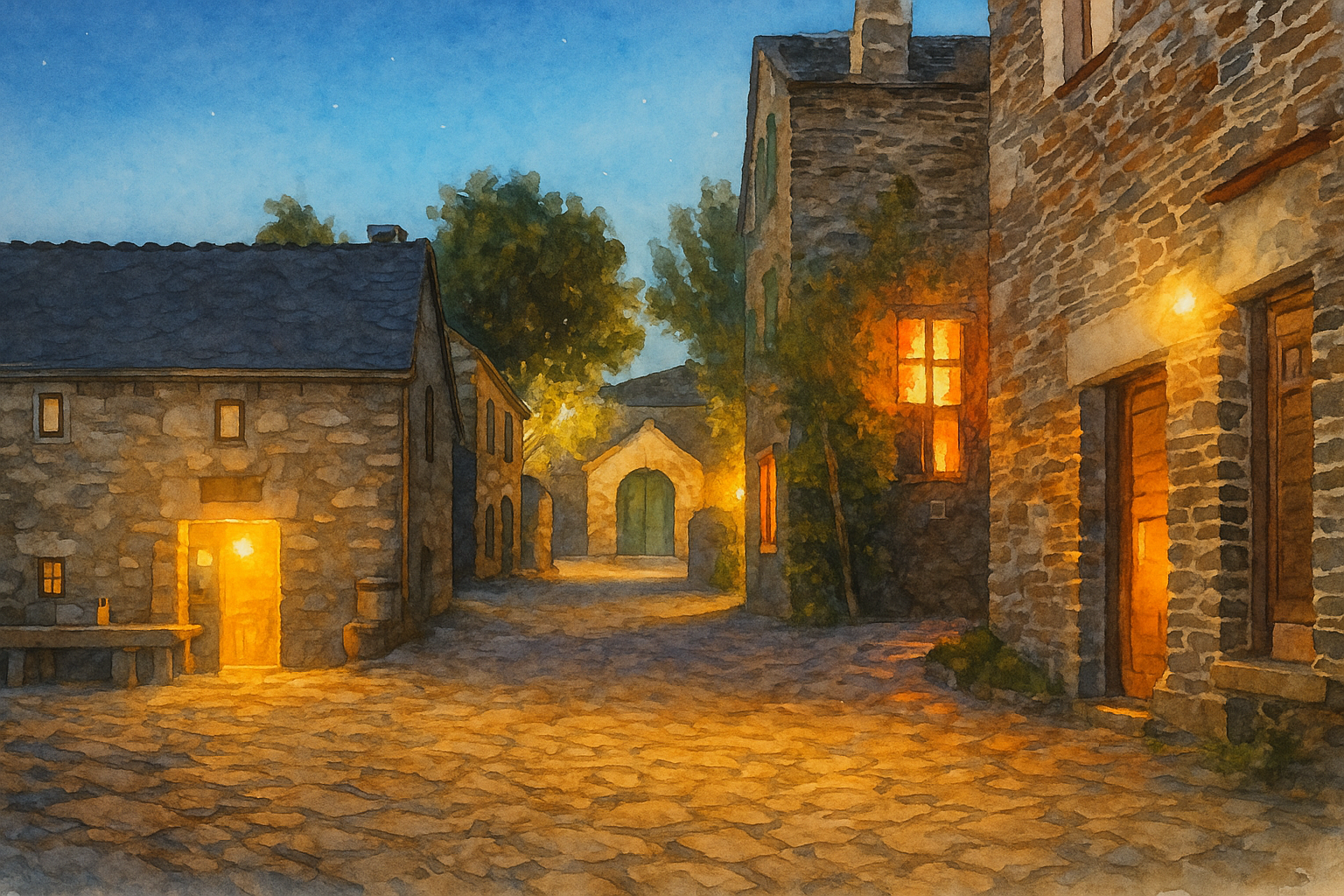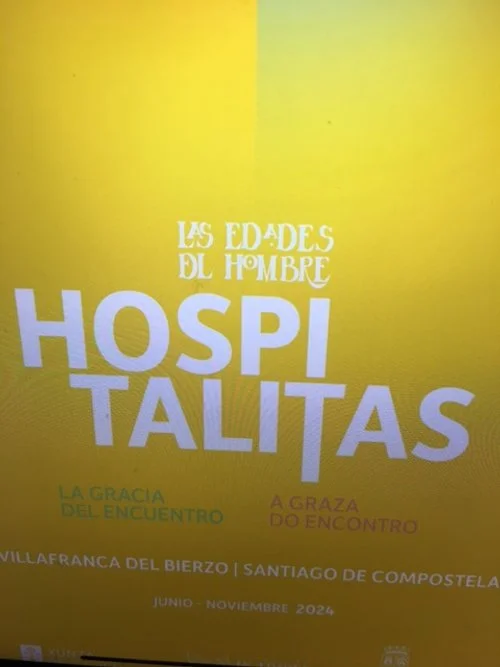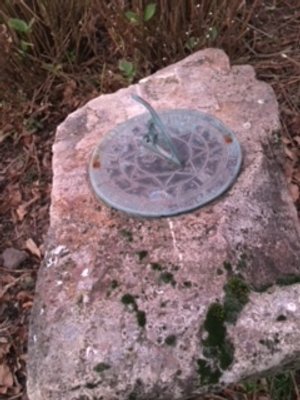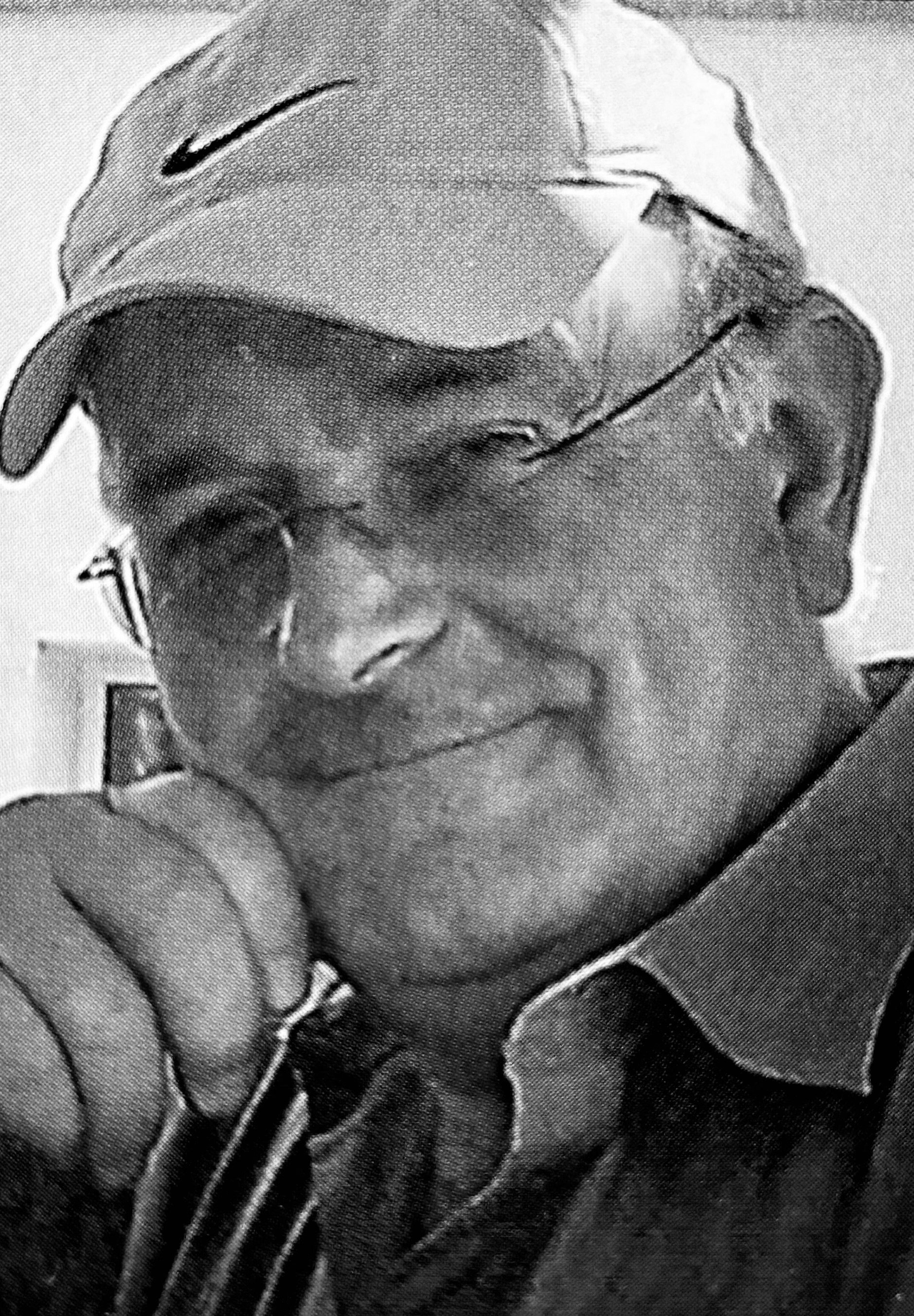November 2025
There are probably as many recipes for 'caldo galego' as there are mothers. This much-loved soup is one of Galicia's emblematic dishes, eaten year-round, but particularly in autumn and winter, when its basic ingredients become available. There are only three: first, a quantity of salted and rendered pork fat or 'unto' (very similar to lard), second, some potatoes of a waxy variety, and third, turnip greens, though in theory 'caldo' can be made from any leafy vegetable tops. Beans, chorizos and chunks of meat of various kinds are optional, but 'unto', potatoes and greens are obligatory.
Here in the Alta Montana, turnips, or 'nabos', are widely planted as animal food crops, and provide the masses of coarse leaves known as 'nabizos' and smaller, finer ones, called 'grelos', parboiled before use to remove any bitterness. If white beans are to be included in the recipe, they should be soaked overnight. First into the large pan or cauldron goes the pork fat, then any fresh and cured meats (chorizos, chunks of pork shoulder, salt pork, ham hocks... even pigs' ears and tails) used for flavouring. After that, enough water to make a generous broth is tipped in, and left to simmer for a few hours. The meats are removed to be served separately, while the torn greens, sliced or diced potatoes and pre-soaked beans are added to the broth and the seasoning - perhaps salt, parsley or oregano - adjusted while the soup simmers for another hour or so.
Photos below: Turnip tops and ‘Unto’ for sale in a local shop.
Pilgrims are always eager to try caldo galego, and unless they are vegetarian or vegan, usually become fans at once. Not only is it delicious, but warming and fortifying. They will not have to walk or cycle far before eating it again, since it's as proudly served in the humblest bar as in any hotel with a dining-room. Based on natural, local produce, caldo galego is also rumoured to promote longevity. My oldest neighbour here in La Laguna, aged 94, boasts of having eaten it every day of his life. All I can say is that when I've been away for a while, I miss it.
